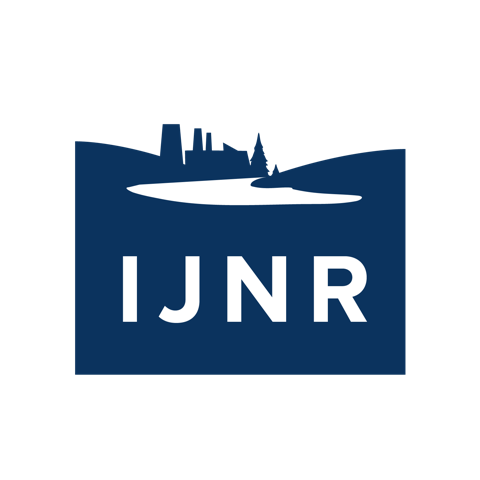Chesapeake Day 3
Chicken was definitely on the menu: Fellows visited the Delmarva (Delaware, Maryland, Virginia) Peninsula. The Delmarva has been home to poultry farms since the mid 1920’s, when raising “broilers” gave a much-needed economic boost just as the area’s watermen were watching crab, clam and oyster stocks plummet. What followed was decades of small family farms raising chickens to make ends meet with steadily growing demand for their product. Today some 1,400 farmers produce more than a half-billion chickens and hens annually and the narrative has changed – modern-day houses, both residential and the chicken variety, are on the rise. As mega-farms owned by international corporations move in, residents worry about environmental and public health risks, and city and county councils struggle with the complicated logistics of zoning and regulation.
After meeting with concerned locals and scientists in the morning, Fellows toured a poultry house that’s home to 30,000 chickens for the 63 days between the time they hatch and the time they’re sent to slaughter. Then the farmer joined other poultry industry representatives and agriculture officials from Maryland and Delaware to discuss the poultry industry’s growth and efforts to be good neighbors.
The day ended at the Karen Noonan Education Center, a former hunting lodge that now serves as a base for the Chesapeake Bay Foundation’s educational programs. There, the discussed the challenges of covering the environment in a group discussion facilitated by Dave Spratt.

